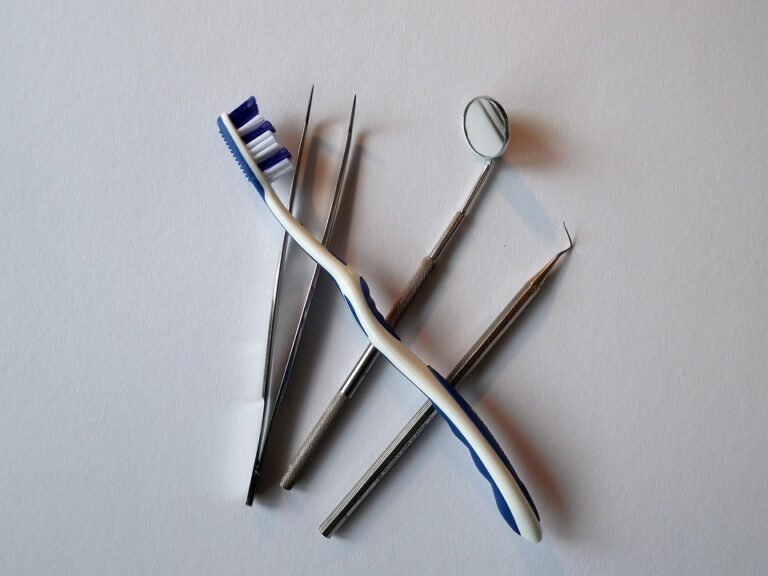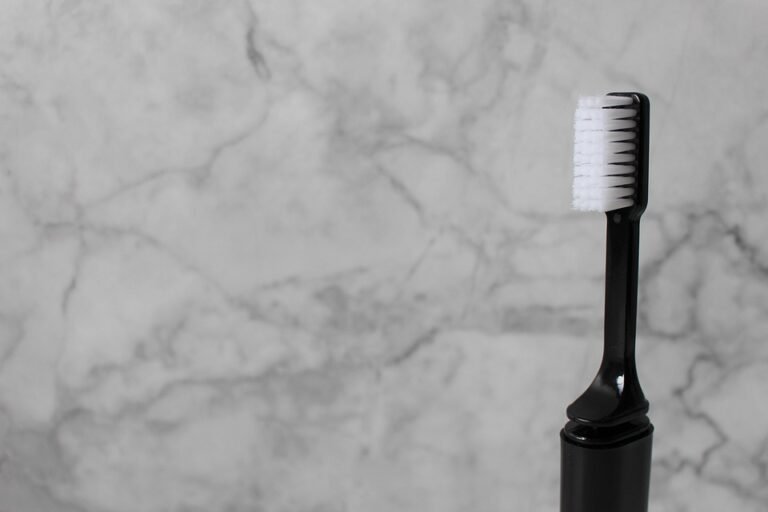What are the limitations of relying solely on photographs for smile analysis
Okay, so I’m working on this project. It’s about creating a sort of "smile database" – collecting photos of people smiling and then using those photos to analyze different aspects of the smile. Think things like teeth display, lip curvature, and overall attractiveness. My initial plan was to just gather a TON of photos and let the computer vision algorithms do their thing.
But now I’m wondering if I’m missing something. It seems like just using photos might be a little limiting. For example, lighting in the photo, the angle the photo was taken at, even just the overall mood of the person in the photo…all these things seem like they could influence the analysis and lead to inaccurate conclusions.
So, what are the REAL limitations of only using photographs for this kind of smile analysis? Are there specific biases I should be aware of? What kind of data, if any, would I need in addition to the photos to get a more complete and accurate picture of someone’s smile? Specifically, I’m concerned about comparing smiles across different ethnic groups. Would photos alone be sufficient for a fair comparison, or would I need more information? I’m also interested in how reliable these analyses would be in predicting success in specific professions (e.g., sales, customer service) if based only on photographs.
Answer
Relying solely on photographs for smile analysis presents several limitations that can significantly impact the accuracy and completeness of the assessment. These limitations stem from the inherent characteristics of photographs, the lack of dynamic information, and the inability to fully replicate a clinical examination. Here’s a detailed breakdown:
1. Static Nature vs. Dynamic Reality:
- Lack of Dynamic Assessment: A photograph captures a single, frozen moment in time. Smiles are dynamic and complex, involving a sequence of muscle movements. Photographs cannot capture the timing, coordination, and range of motion of the muscles involved in smiling. Factors like the speed of lip elevation, the fluidity of the smile arc, and the subtle changes in facial expression during different stages of a smile are missed.
- Inability to Assess Muscle Function: Photographs provide no insight into the underlying muscle activity responsible for the smile. Muscle strength, symmetry in activation, and any presence of muscle spasms or involuntary movements are impossible to evaluate from a still image.
- Artificial Posing: Smiles in photographs are often posed or forced, meaning the individual may consciously or unconsciously alter their usual smiling pattern. This deliberate posing can skew the analysis and lead to inaccurate conclusions about their natural smile characteristics. A photograph may capture a rehearsed smile, rather than the true, spontaneous expression.
2. Limitations in Visualization and Perspective:
- Two-Dimensional Representation: Photographs are two-dimensional representations of a three-dimensional object (the face and smile). This inherently introduces distortions and limits the perception of depth, contour, and spatial relationships. Subtle asymmetries, lip support, and tooth position in three dimensions are difficult to accurately assess.
- Perspective Distortion: The distance between the camera and the subject’s face can influence the apparent size and shape of facial features. Wide-angle lenses can exaggerate features close to the camera, while telephoto lenses can compress depth, leading to inaccurate proportions. The angle at which the photograph is taken (e.g., looking up, looking down, head tilt) also affects the apparent symmetry and morphology of the smile.
- Lighting and Shadows: Lighting can dramatically affect the appearance of the smile. Harsh lighting can create harsh shadows that obscure details, while insufficient lighting can make it difficult to discern subtle features. Shadows can also create the illusion of asymmetry or hide anatomical landmarks.
- Inability to Assess Intraoral Structures and Soft Tissues: Photographs primarily capture the visible surface features of the smile (teeth, lips, and surrounding skin). They provide limited or no information about underlying structures such as the gingiva (gums), alveolar bone, frenum attachments, or palatal vault. Furthermore, photographs are not useful for assessing the health of soft tissues or detecting signs of inflammation, recession, or other periodontal issues.
3. Dependence on Image Quality and Standardization:
- Image Resolution and Clarity: The quality of the photograph directly impacts the ability to analyze details. Low-resolution or blurry images can obscure subtle features, making accurate measurements and assessments impossible. Insufficient detail can hamper the identification of small imperfections, such as minor tooth rotations or subtle gingival asymmetries.
- Color Accuracy: Variations in camera settings, lighting conditions, and display calibrations can affect color accuracy. This can compromise the assessment of tooth shade, gingival color, and the presence of any discolorations or staining.
- Standardization of Photographic Protocol: For accurate comparisons and reliable analysis, photographs must be taken under standardized conditions. This includes consistent lighting, camera angle, magnification, and patient positioning. If these parameters are not controlled, it becomes difficult to objectively compare smiles or track changes over time.
- Lack of Calibration: Without a known reference point or scale within the photograph, it is difficult to accurately measure distances or proportions. This limits the ability to quantify smile characteristics such as tooth width, lip length, or gingival display.
4. Patient-Specific Factors and Communication Barriers:
- Expression Management: Patients may consciously or unconsciously alter their expressions when being photographed. This can be particularly problematic if the patient is self-conscious about their smile or uncomfortable in front of a camera.
- Limited Communication: Photographs offer no opportunity for interaction with the patient. Important contextual information, such as the patient’s perception of their smile, their specific concerns, and their treatment goals, cannot be gathered from a static image.
- Inability to Assess Phonetics: A crucial aspect of smile analysis is how the smile changes during speech. Photographs cannot capture the dynamic relationship between the smile and speech patterns.
5. Inability to Conduct Clinical Examinations:
- No Palpation or Auscultation: A photograph cannot replace the tactile and auditory information gained through a clinical examination. Palpation of muscles, TMJ (temporomandibular joint) assessment, and auscultation for sounds are all crucial diagnostic tools that are not accessible through photographs.
- Limited View of Occlusion: A photograph of a smile offers limited insight into the patient’s occlusion (bite). Aspects such as overbite, overjet, crossbite, and the presence of any interferences cannot be accurately assessed from photographs.
- Lack of Evaluation of Dental Health: Photographs cannot replace a comprehensive dental examination. Cavities, periodontal disease, worn teeth, and other dental issues are difficult or impossible to diagnose from a photograph alone.
- No Radiographic Information: Underlying bone structure, root positions, and pathology are not visible in photographs. Radiographs (X-rays) are essential for a complete assessment of the dentition and surrounding structures.
In conclusion, while photographs are a valuable tool for documenting and communicating aspects of smile aesthetics, they should not be relied upon as the sole basis for smile analysis. A comprehensive evaluation requires a clinical examination, including dynamic assessment of muscle function, evaluation of intraoral structures, occlusion, and radiographic imaging. Combining photographic analysis with clinical findings provides a more complete and accurate understanding of the patient’s smile and informs appropriate treatment planning.

